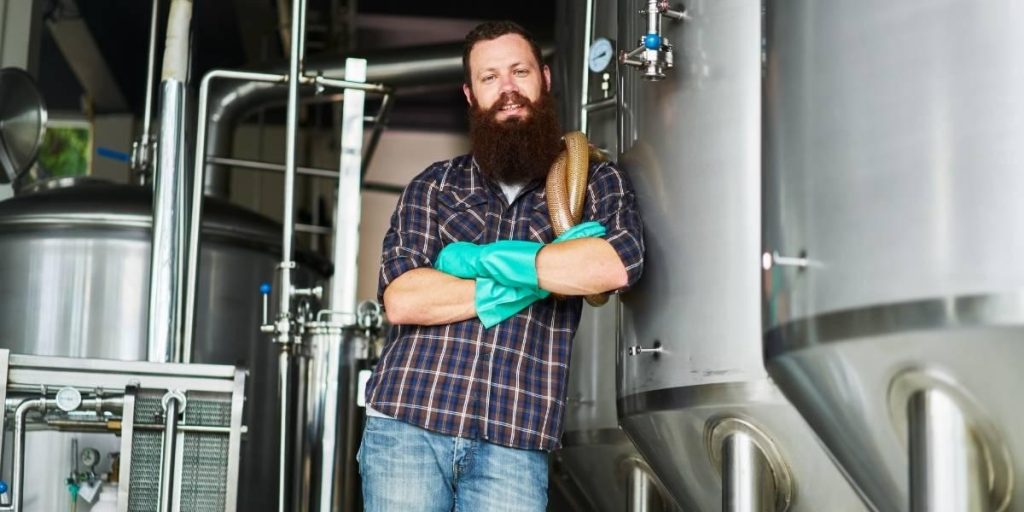Why You Should Have a PRV and How It Works

Purchasing distilling equipment can be quite an investment, maintaining and protecting that investment should be a high priority in every distillery. The easiest way to protect the investment in your still is with a proper Pressure Relief Valve installed on anything that might create pressure.
If you’re not doing regularly scheduled inspections and maintenance on your systems, issues could arise such as clogs in your packing or plates. If you overfill your tank, run it too hard, don’t leave enough headroom a foam up could happen to push the solids into the column and obstructing the vapor path. With a cumulative lack of inspections and maintenance, pressure can build during your run, without a PRV on your system the results could be disastrous. Another possible cause for pressure buildup can be a valve in the wrong position. With manual operation or automation, an incorrectly closed valve or valves the system can be totally closed, no longer open to the atmosphere.
StillDragon recommends that you install a ½ Bar PRV on the kettle itself, as well as a 1 Bar PRV on the jacket if your kettle has one. This will ensure that unwanted pressure cannot build in either location. StillDragon also recommends that you follow this protocol for any system you have where a pressure buildup can occur including Mash Tuns and Fermenters.
Parts of a StillDragon PRV
In the event the system becomes over-pressurized, a StillDragon Pressure Relief Valve allows air, or liquid, to escape through the round windows in the PRV body. The PRV has 4 main parts:
- The Cap, which is sometimes known as an Adjustment Screw, can be turned (either by hand or ¼” square drive) to adjust pressure.
- A Spring holds the pressure by pushing on the valve disk to hold it in place.
- The Valve Disk seats into the PRV body creating a seal until over-pressurization is reached.
- The Vacuum Spring attached above the valve disk allows for backward airflow to protect against imploding and rupturing.
As pressure rises in the system, the valve disk lifts compressing the spring. Once the valve disk rises above the windows in the body air or liquid begins to escape. The PRV is dual function, in case of immediate vacuum pressure the valve allows air to flow into the kettle.
Testing a PRV
Step 1: Make sure the PRV is clean and fully assembled
Step 2: Quick check the bottom is able to move up and down when you push it
Step 3: Connect a pressure gauge and air compressor to the PRV, fill with more than 1 Bar (15 PSI)- once 15 PSI is achieved, you should be able to feel and/or hear excess air pressure escaping.
If when you test your PRV and if your pressure gauge reads above 15 PSI and you don’t feel and/or hear air escaping, there is a malfunction, do not use it, investigate further to find out the cause.
If you only have a 1 Bar PRV but don’t want that much pressure to be able to build, you can turn the cap to decrease the amount of allowable pressure. To test this function, keep the pressure gauge and air compressor attached to the PRV while turning the cap. You should see the PSI on the pressure gauge go down, once you achieve the desired PSI stop turning. Add more air to do a secondary test that the air starts escaping at the desired PSI.
The cost of the PRV is not nearly as substantial as the disaster caused by an over-pressurized vessel. Save yourself some money and some headache by adding the PRV to tanks and the jackets. Buy one here StillDragon PRV. If you have any questions or need some troubleshooting, reach out to us, we are happy to help keep you and your distillery safe!
Safety is sexy, add that pressure relief and maintain it often!